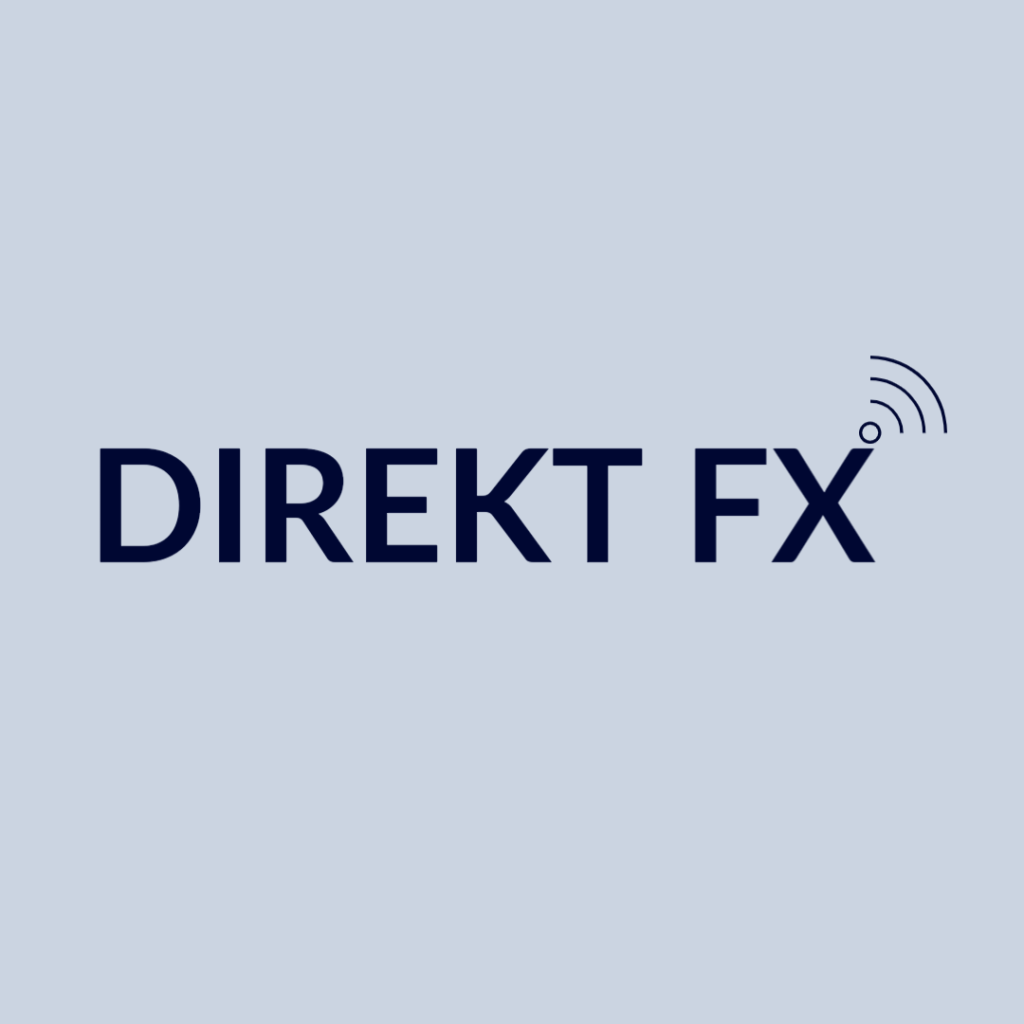
Popular Liquidity Pool Protocols in 2024
Liquidity pools are foundational elements in the decentralized finance (DeFi) space. They enhance market efficiency by providing instant liquidity at known prices. These pools act as automated marketplaces where users can trade digital assets directly from their wallets.
How Liquidity Pools Work
A liquidity pool is a collection of funds locked in a smart contract used to simplify decentralized trading, lending, and borrowing. Liquidity pool protocols are decentralized finance (DeFi) platforms that facilitate the provision of liquidity for trading by users, typically through the pooling of assets. Users, known as Liquidity Providers (LPs), deposit an equivalent value of two tokens to create a market. Prices here are determined by a mathematical formula rather than an order book. It enables seamless and automated trading.
Popular Liquidity Pool Protocols in 2024
Here are the top Liquidity Pool Protocols that you should consider in 2024:
Uniswap
Uniswap outshines as a decentralized trading protocol using Ethereum’s blockchain. It uses a simple and effective formula to automate the exchange of DeFi tokens and eliminate traditional order books. This concept democratizes trade and allows anyone to become a liquidity provider by depositing assets into shared pools. Its fee structure encourages liquidity provision by charging a 0.3% fee on trades distributed among liquidity providers.
Curve Finance
Curve Finance specializes in stablecoin exchanges. It aims to offer low slippage and minimal fees. Its design is optimal for trading assets whose values should remain constant relative to each other. It makes it an essential infrastructure piece for DeFi users seeking to swap stablecoins efficiently. Curve’s unique pooling strategy solves the need for deep liquidity in stablecoin markets, minimizing price impact for users.
Balancer
Balancer offers a flexible liquidity provision and trading model. It allows users to create custom pools with up to eight tokens in any proportion. This adaptability, governance token rewards, and emphasis on capital efficiency make Balancer preferable for portfolio management in the DeFi space. Balancer pools act as self-balancing weighted portfolios, earning trading fees and BAL tokens for liquidity providers.
Bancor
Bancor uses an algorithmic approach to market making. It incorporates smart tokens for automated and decentralized trading. It introduced the concepts of single-asset exposure and impermanent loss protection, which make it attractive for users hesitant to commit to the traditional AMM model. Bancor’s cross-chain functionality promotes seamless asset exchange across different blockchains.
How to Choose the Right Liquidity Pool
When selecting a liquidity pool, consider:
Trading volume
Higher trading volumes indicate more active participation and better liquidity, which usually means less slippage.
Token price divergence
Pools with lower price divergence between paired assets tend to be more stable and efficient, reducing impermanent loss risk.
Existing liquidity
A pool with more liquidity offers deeper markets, allowing for larger trades without significant price impact.
Harvest health ratio
This metric reflects the sustainability and profitability of yield farming in the pool. A healthy ratio suggests consistent rewards without excessive risk.
Conclusion
Liquidity pools enable fast trades, liquidity, and earnings through fees. Participants must manage risks like impermanent loss and smart contract vulnerabilities.
Connect with a vast network of finance professionals and stay ahead in the market. Find your perfect liquidity partners now!
Contact us now to promote your business with us!





